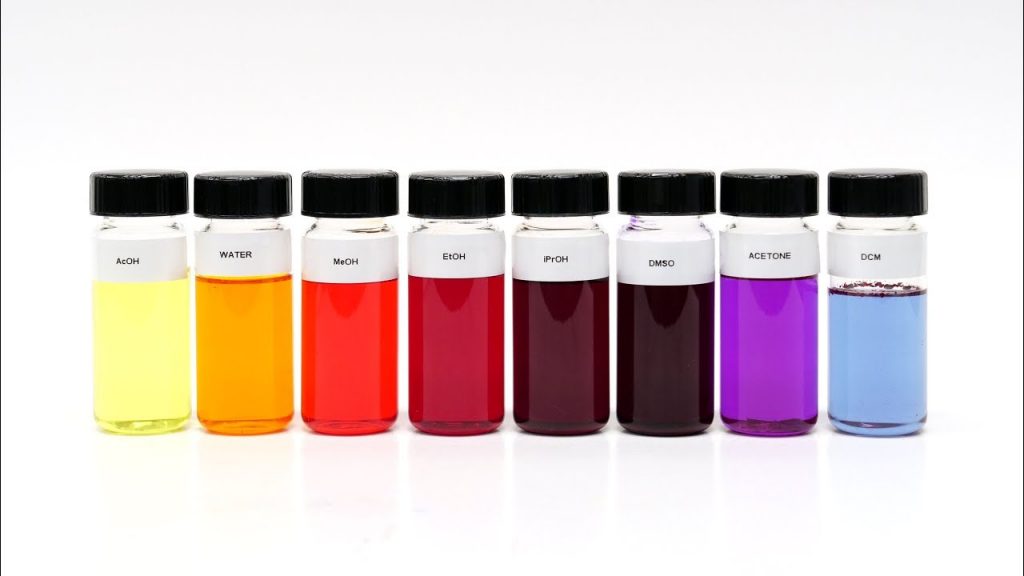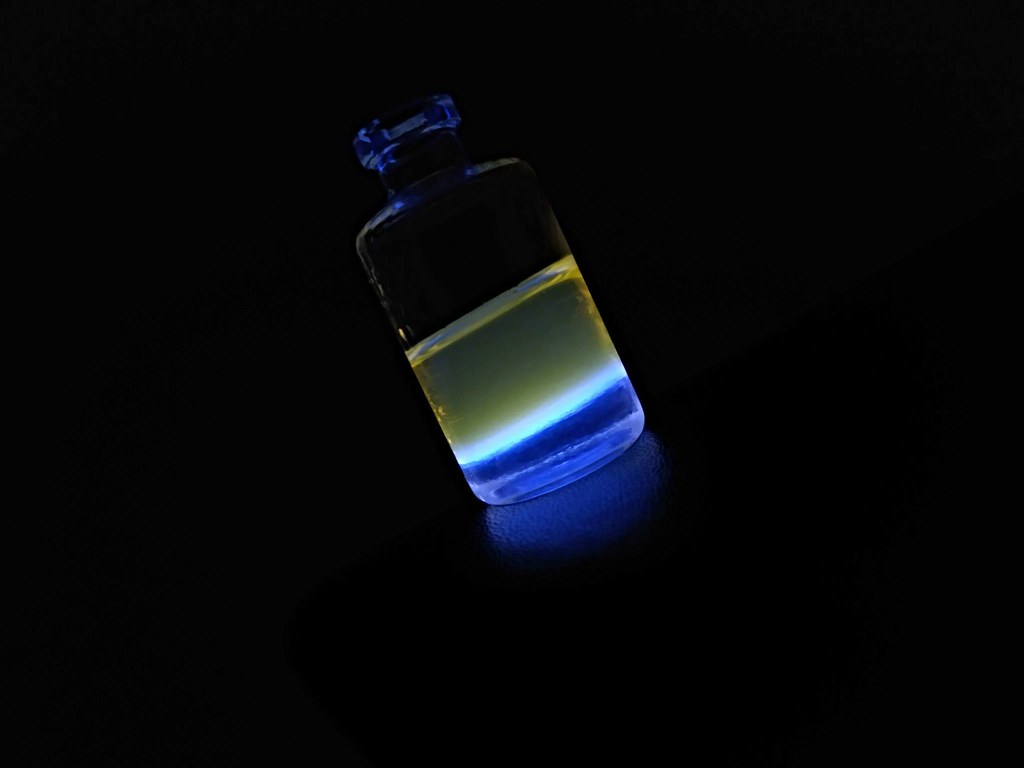
Thousands of chemicals are used in workplaces. These can be released into the air under different forms, such as gas, vapors, mists, and dust. Depending on the level of exposure and the type of chemical product, they can cause various illnesses quickly, including acute poisoning or more slowly over time, and eventually become chronic. Some examples of such chemicals include:
1) Pesticides
Pesticides are chemicals that are applied to crops as sprayers, aerosol, and powders to protect plants against insects, rats, snails, and mold. Most contact with pesticides occurs in agriculture. Workers are exposed to pesticides through inhalation, ingestion, and the skin as well. They can cause a variety of symptoms and illnesses, including nausea, headache, vomiting, muscle weakness, respiratory problems, etc., if not disposed of properly.
2) Solvents
A solvent is a chemical, usually a liquid, which can be used to dissolve other substances. For example, water is a solvent that can dissolve salt. Solvents often provide the right conditions for chemical reactions. A solvent that is also generally ingested is ethanol, that is, alcohol grain, the type found in alcoholic beverages. Most of the problems encountered due to ethanol are after consuming too much alcohol. Some solvents like benzene, are hazardous even at low levels of exposure and can be toxic to the liver and kidneys.

3) Acetone
Ketones are used in the coatings of surfaces, dyes, inks, etc. A common ketone is acetone, which is found in cleaning products. Acetone is safe when used in a ventilated place but can easily catch fire otherwise. Ineffective management and overexposure to acetone can cause headaches, nausea, and even affect the nerves, leading to peripheral neuropathy.
4) Carbon Monoxide
Carbon monoxide is a poisonous gas resulting from the combustion of a fuel. Sources of carbon monoxide include non-electric forklifts, compressors, and generators. Workers highly exposed to carbon monoxide include firefighters, petroleum workers, heat insulators, or any person who works in a place, or even in a house, where the heater functions poorly. Carbon monoxide can cause headaches, nausea, confusion, convulsions, coma, brain damage, and, ultimately, death. It is also considered as the leading cause of death by chemical substances in homes mainly due to the bad state of heating systems.

5) Mercury
Mercury, a heavy and silvery-white metal is the only element that remains liquid even at room temperature. Mercury is found in thermometers, barometers, batteries, some types of electrical switches, and electric medical devices. It is also used in plating, jewelry, tanning, and dentistry. If not disposed of safely, mercury may have serious consequences both on human health and the environment. For instance, the use of mercury in gold mines has poisoned many people and caused serious damage to rivers and streams.
6) Lead
Lead is one of the most common chemicals that can cause serious health issues. This heavy and dark gray metal can be found in a wide variety of industries and in the environment. The main uses of lead are in accumulators, alloys, pipes, cable sheaths, electric welding, and as an additive in paints and plastics.
Workers are exposed to lead mainly by inhalation and ingestion of lead’s dust. Lead is particularly harmful because it damages nerves and can stay in the body for an extended period. Short-term exposures can be the cause of lead poisoning, which can be acute (rapid onset) or chronic (which lasts a long time). Acute lead poisoning causes cramps, upset stomach, constipation, and colic, while chronic lead poisoning causes memory problems, nervous disturbances, and anemia.

7) Nickel
Nickel is a hard, silvery and magnetic metal. Nickel is used in stainless steel production and electroplating. Workers can be exposed to nickel through skin contact and their respiratory pathways. Exposure to nickel can happen during mining operations, metal melting, or other machinery jobs. Improper disposal of materials containing nickel can cause allergies, rashes, or asthma. For example, skin allergy can occur when nickel comes into contact with the skin. High exposure can also cause lung cancer.
The team at Action Hazmat Companies has the necessary skills to manage the entire process of disposing of used or unused chemicals for you. These chemicals can be dangerous and pose risks if spilled or mixed. They always ensure that strict regulations are followed for the safe and efficient storage, packaging, transportation, and disposal of these chemicals. Their lab pack services are performed in a way that protects the people who use them while minimizing regulatory risks and promoting sustainability. Additionally, they also prepare the necessary documentation for transport while maintaining personal protection and regulatory compliance. Whether you manage healthcare facilities, laboratories, schools, or factories, you can rest assured they will help you with the disposal of chemical substances! What are your views on chemical substances? Share it with us!




